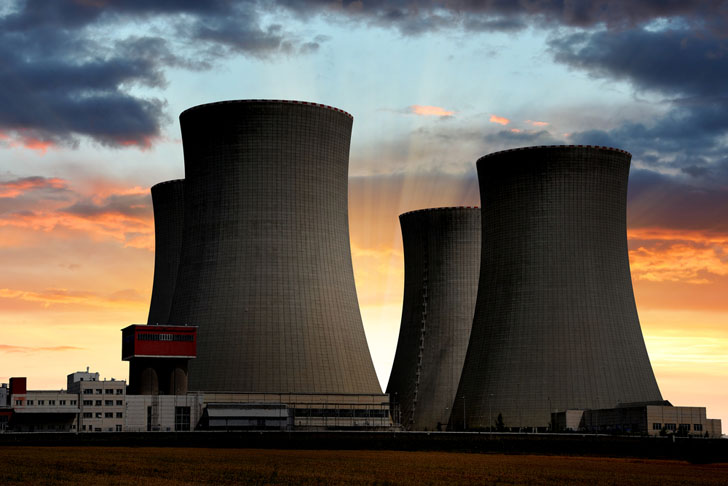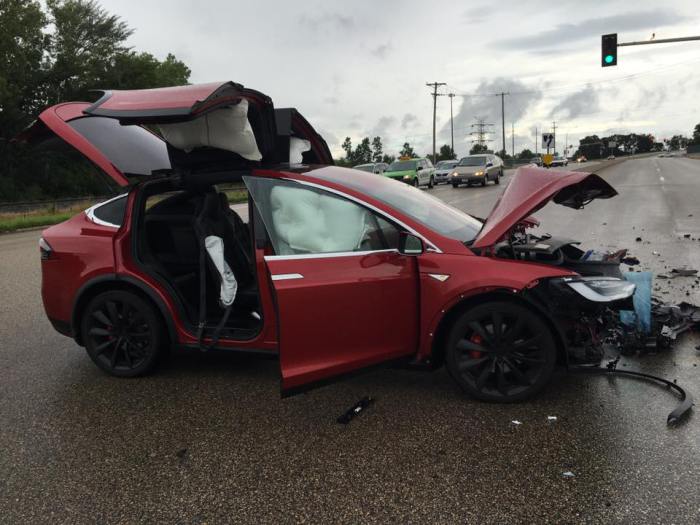Nuclear energy has been used as a reliable form of energy for quite some time now. However, since the rise of solar and wind power, it seems to be getting more criticism than ever before. But, the thing is, how would the United States survive without the use of nuclear power that it has come to rely on so heavily? As more and more nuclear power stations begin to close or be scheduled for decommissioning, a sense of urgency is rising as to what we will replace them with when they already provide 20% of the nation’s total electricity (based on 2015 figures).
Exelon is one of the latest nuclear power companies to feel the effects of people switching to solar and wind-powered energy sources. At an attempt to work with state regulators in Illinois to provide a subsidy to keep reactors online and competitive, the idea was rejected and as a result, is having to close down to of its nuclear facilities within the state. This will lead to a loss of 12% of Illinois’ electricity that is currently generated by these two plants.
–
If all of America’s nuclear power plants were to close tomorrow to replace the 797,000 GWh of electricity they produce (based on 2015 figures) by coal would mean a 14% rise in carbon dioxide emissions in the U.S. and over 2% worldwide. If natural gas were used as a replacement, the figures would be just over an 8% rise in carbon dioxide emissions nationwide and around 1.2% globally. So, this doesn’t seem very productive in helping to achieve America’s overall climate goals.
–
If we were to replace all nuclear power sources with the wind and solar power, the emissions would not be affected, but there are other factors to take into consideration, mainly the capacity factor. This is the measure of how close a power source is to operate at 100% capacity. Unfortunately, the wind and solar energy have the lowest capacity factors of renewable energy forms, which are 32.5% and 28.6% respectively, and it would take 309 GW of wind power and 570 GW of solar power to match 98 GW of electricity generated by nuclear energy.
So, maybe the wind and solar power are not quite as efficient as everyone thinks. But, with nuclear reactor sites continuously closing, what are we supposed to do? Even though Illinois dismissed Exelon, they were not deterred and responded by investing $300 million in existing nuclear power plants, including the purchasing of Entergy for a cool $100 million. New York also moved in a supporting direction by passing a Clean Power Standard that provides subsidies for nuclear, wind and solar power. If other states follow in New York’s footsteps there may be profitable times ahead for Exelon over the next few years, so watch this space.
More News To Read











